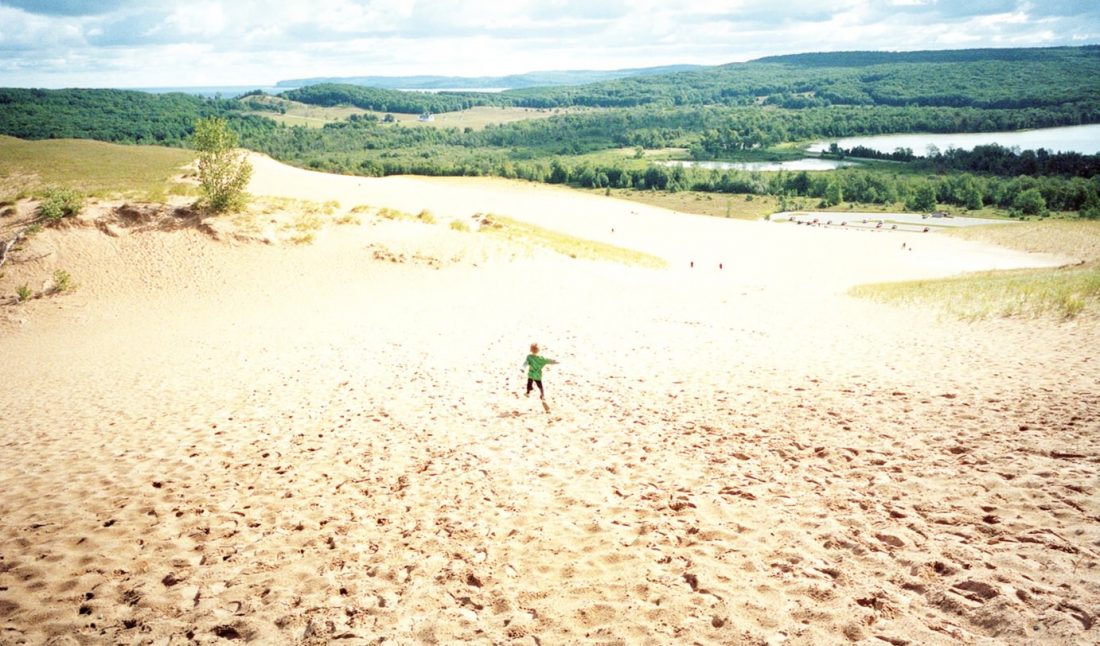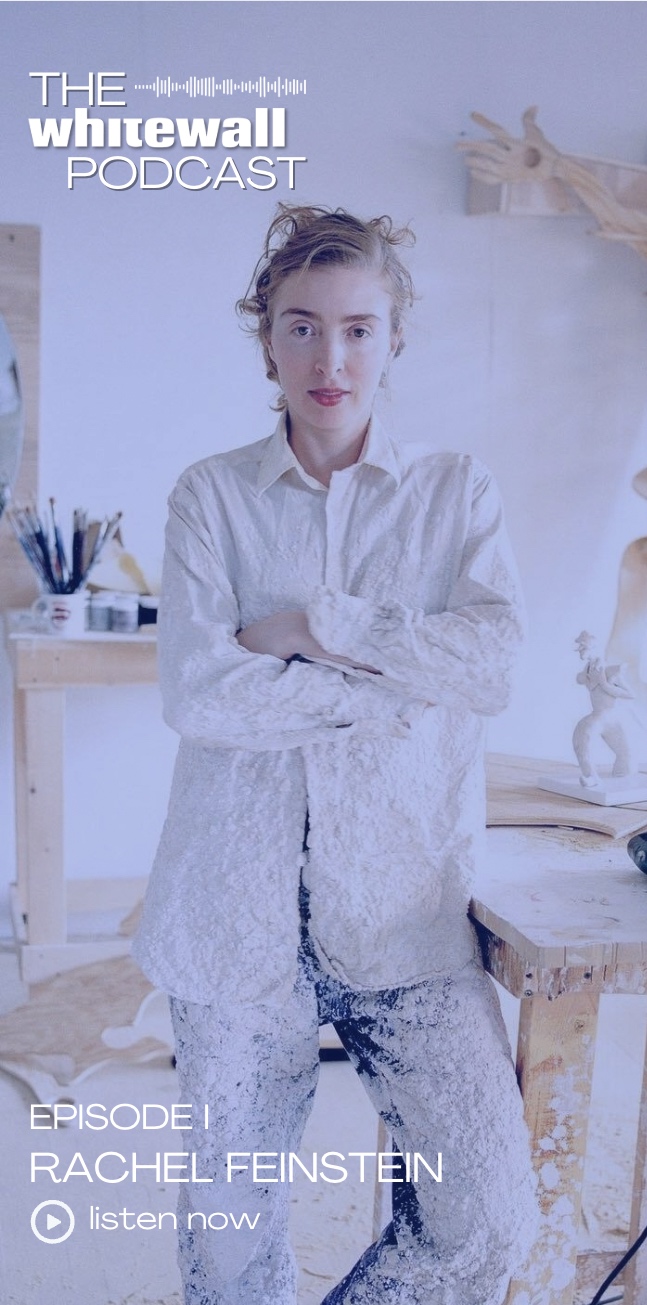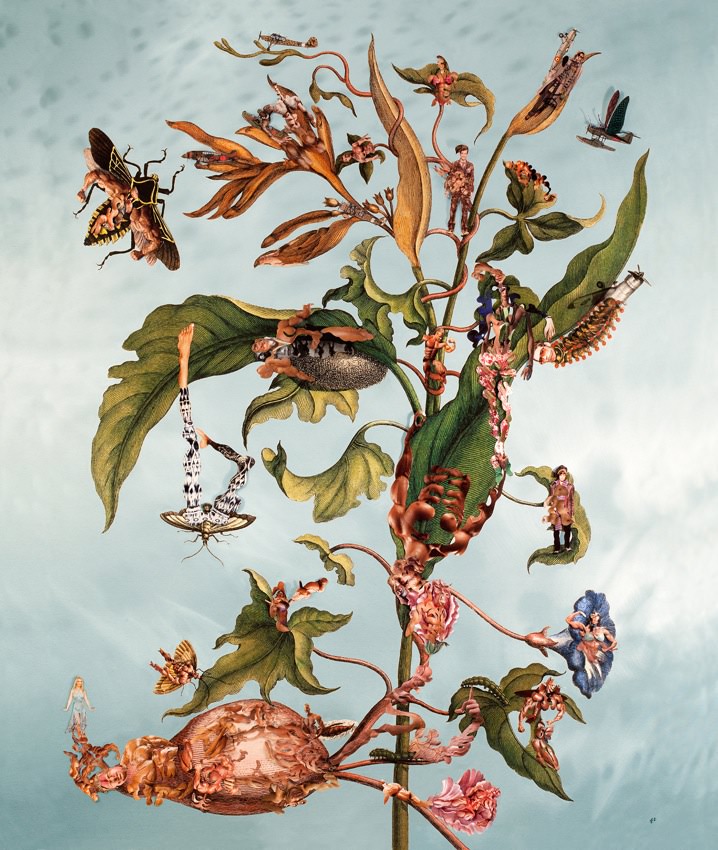Though the idea of a road trip photo series is nothing new, Yojiro Imasaka manages to capture a unique sense of ghostliness and mystery in his photographs of American landscapes. Inspired by the haunting of Hiroshima, where he is from, he set out to unearth a similar sensibility while traversing abandoned fields, lush marshes, and lonely highways. His current exhibition “Sleeping Beauty,” on view at Miyako Yoshinaga Gallery, includes over 20 black-and-white and color photographs, along with an accompanying VHS slideshow. We talked to the artist about his process and new exhibit.
WHITEWALL: Why do you choose to shoot with film?
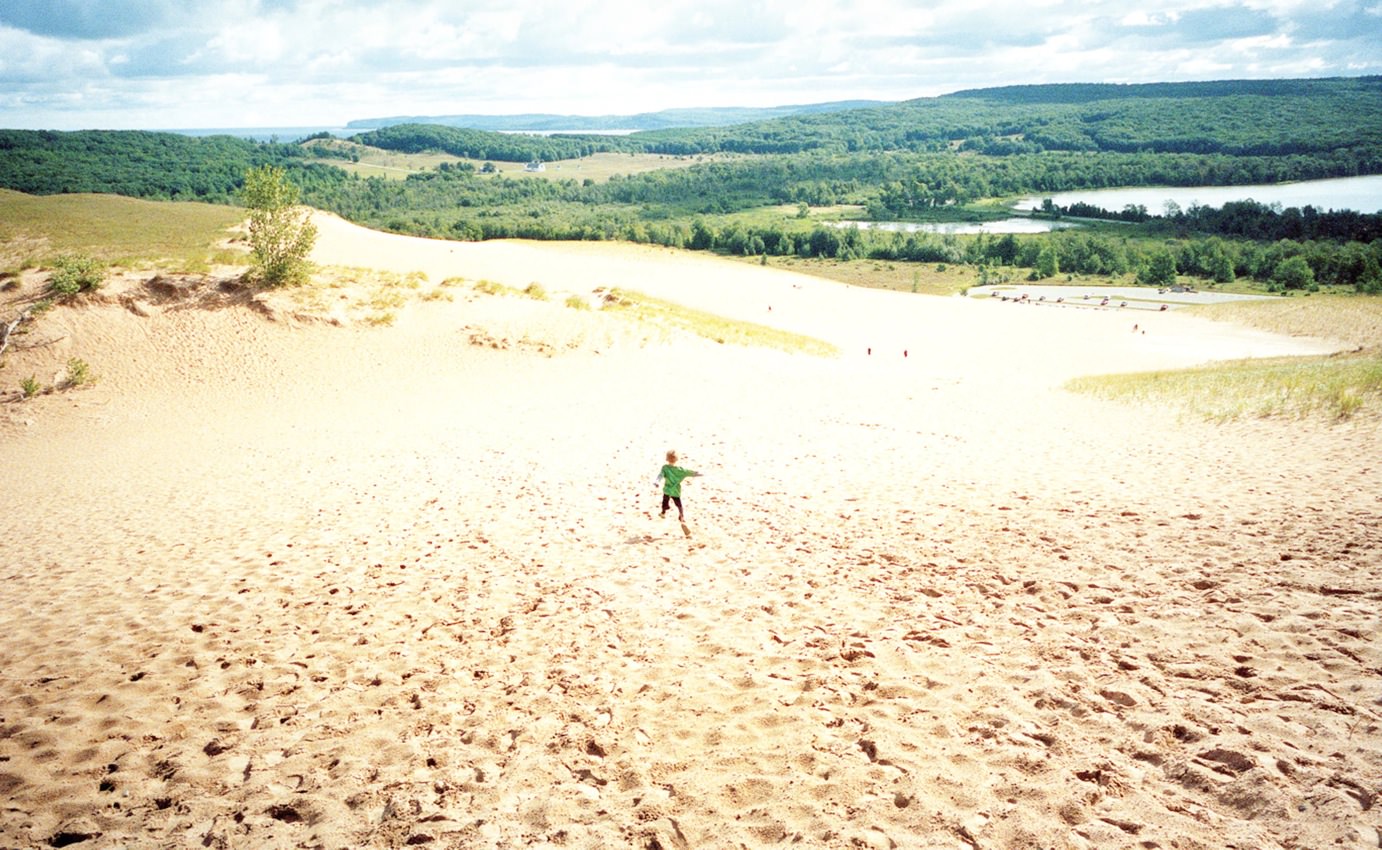 Newberry, MI
Newberry, MIYOJIRO IMASAKA: I started learning photography by shooting with black-and-white film in school. Soon, really I got into the classic method of photography, developing film and making prints in a darkroom. Working in a darkroom is like meditation for me. It makes my mind empty and also presents so many questions at the same time, like, “why did I choose this subject matter?” or “what was it that attracted me to it so much?” Shooting with film, especially large-format just slows everything down and forces me to face what I’m really looking at. Also, “texture” is one of the key aspects of my work. I want people to be drawn into an image and for it to take you somewhere else. I just feel that shooting with film allows for more texture and reveals more details, and it is suitable for what I want to present to people.
WW: This series came from a road trip across the United States. How do you think being from another country informed your artistic perspective?
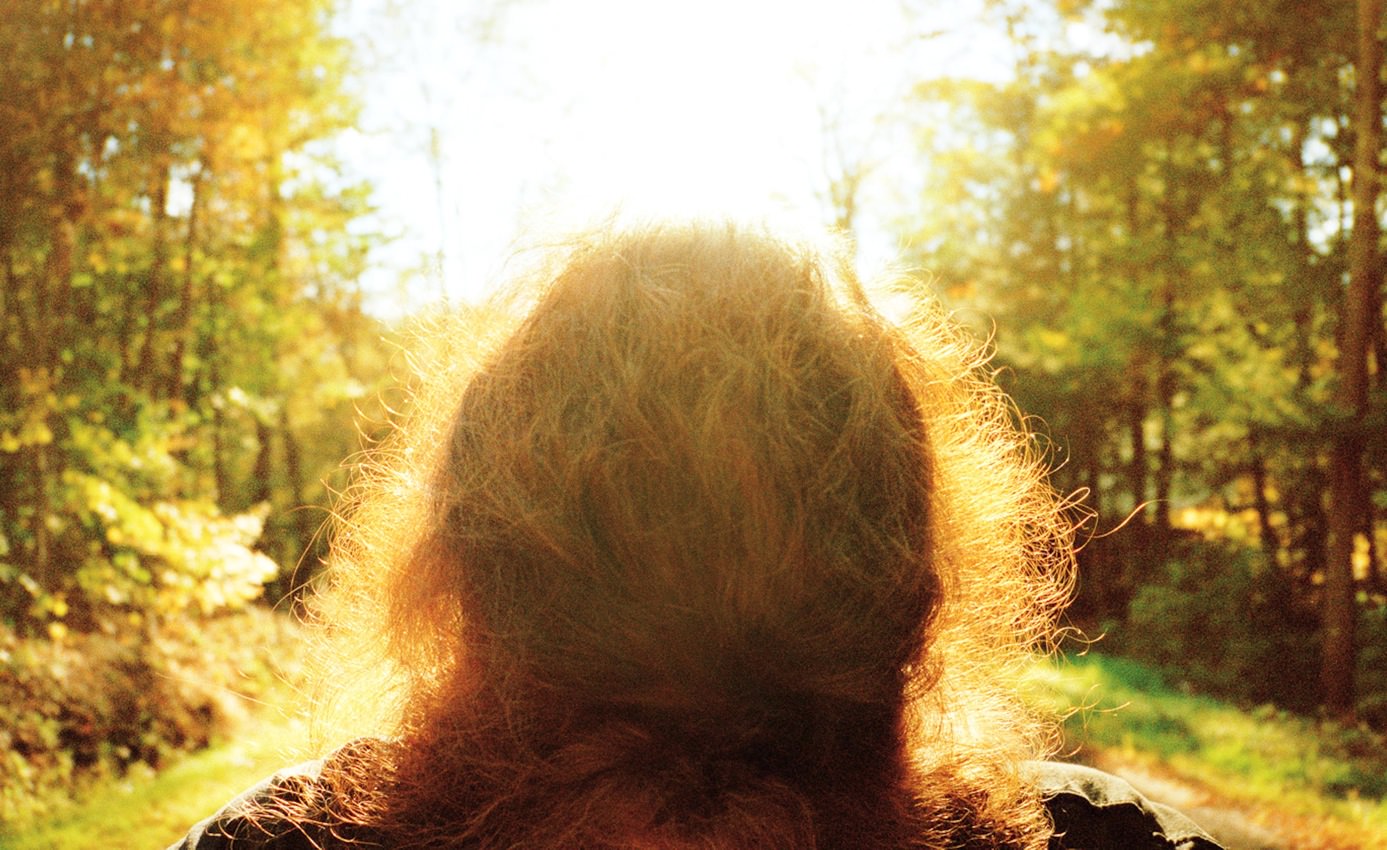 2014
2014YI: I’m a big fan of some of the American masters of photography who have previously done road trips and made great work, such as Stephan Shore and William Eggleston. So, I was excited about what I was going to see and capture along on my trip as a foreigner. As the Japanese photography expert Russet Lederman who wrote an essay for my first monograph “USA -Untitled Scapes of America” said, “A Japanese photographer born in the urban center of Hiroshima – not far from the skeletal remains of the Atomic Bomb Dome – he intuitively explores the footprints of our humanity in the decaying grain silos and deserted forest cabins of rural America.” With my work, I think I saw and captured this country in a very different way from those great American photographers, yet I still believe that I photographed something that reminds you of a sense of nostalgia and this is very common among all of us, no matter where we are or from in the world.
WW: What is the significance of the title of your exhibition, “Sleeping Beauty?”
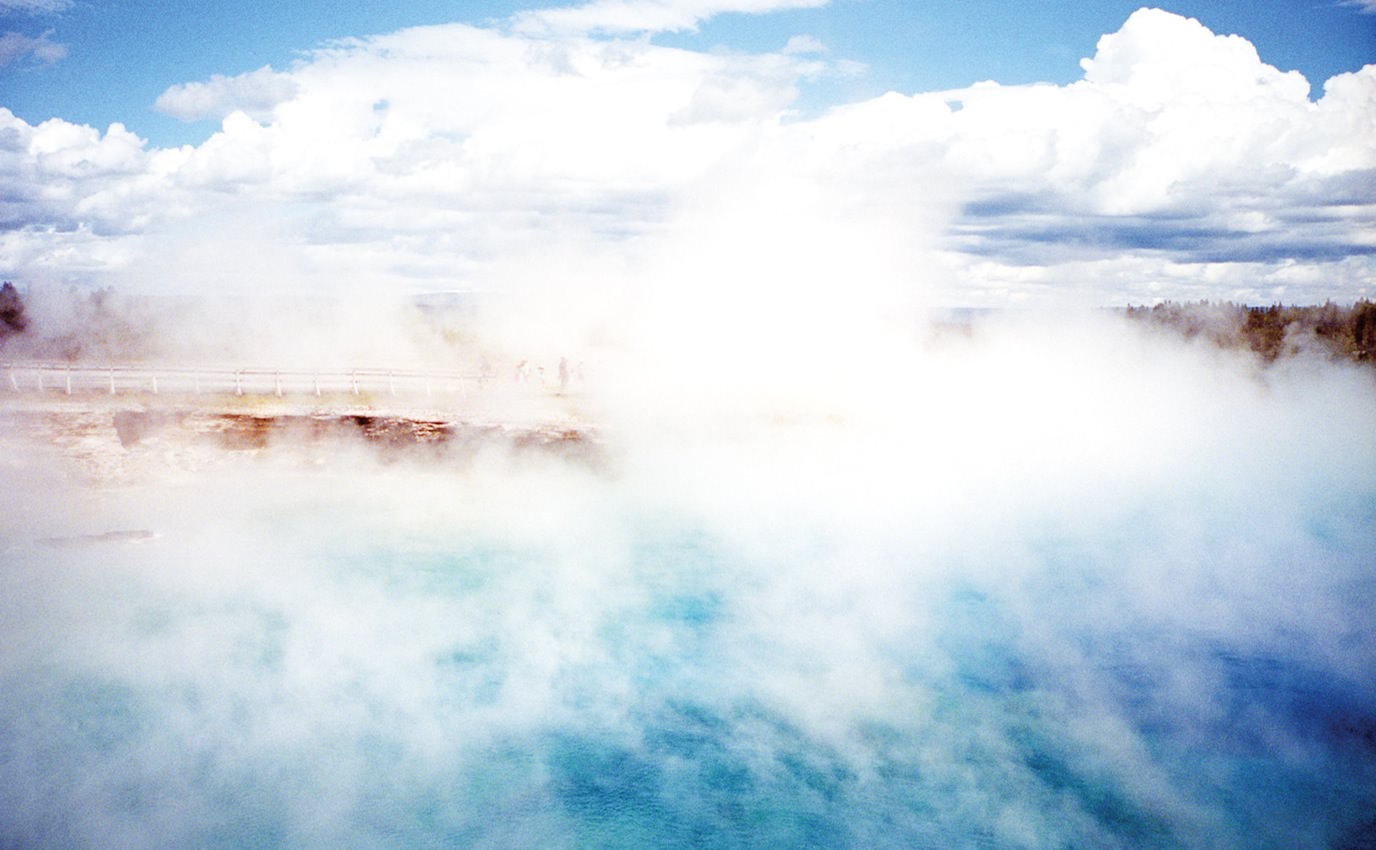 Courtesy of Miyaka Yoshinaga Gallery
Courtesy of Miyaka Yoshinaga Gallery
YI: I initially titled the exhibition the same as my book, “USA -Untitled Scapes of America”, but soon I thought I should title it differently, since a number of images in the show are uniquely different from the book. And then, a director from the Miyako Yoshinaga gallery said “Sleeping Beauty” out of the blue, and I liked it a lot. I think the title is important, yet a title is just a title. I’m happy as long as there is a space where viewers are able to associate in their minds with my work and the title.
WW: Some of the lush landscapes look immensely green. Did you alter them?
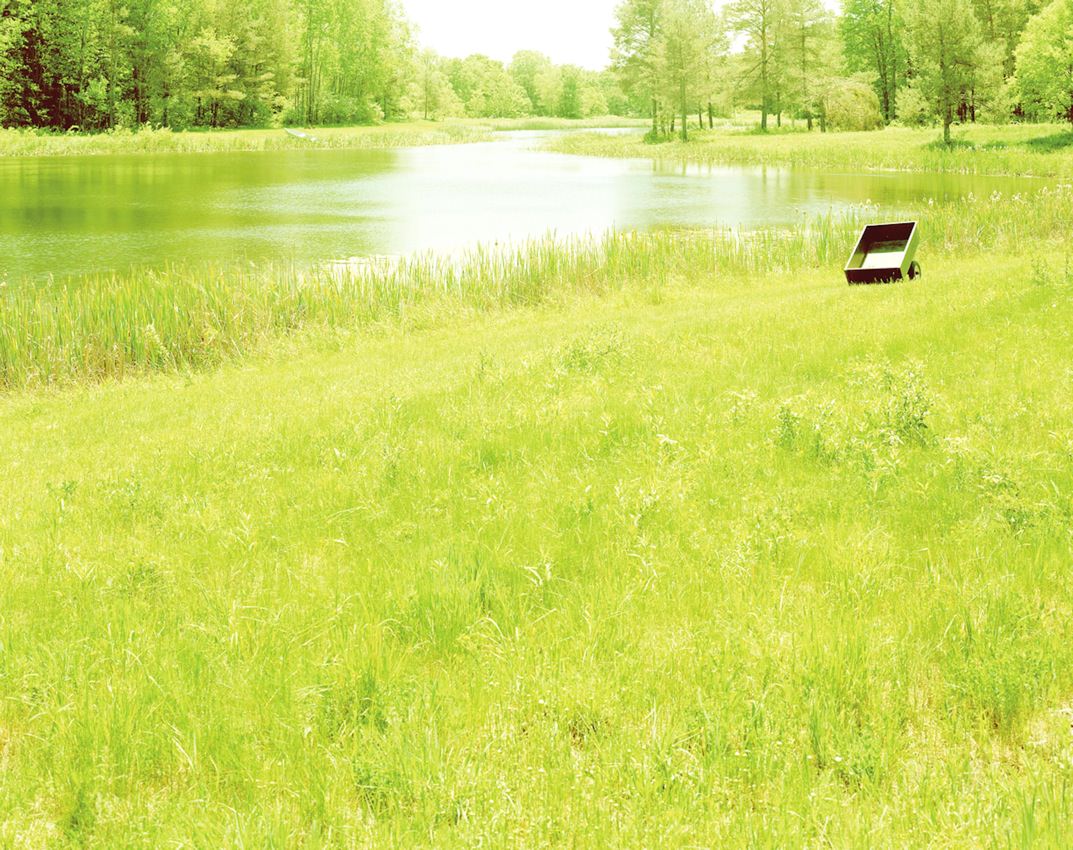 Yojiro Imasaka
Yojiro ImasakaYI: Yes, I did. I don’t add or remove anything when I make a print. But, sometimes I alter contrast and color. I don’t consider myself as a documentary photographer, and I’m not trying to recreate the original color of the subject matter, but I do care more about what I have been feeling from the scene or how it affects me. However, our memory is so fragile that in the process of making prints, I sometime enhance the color and change contrast in order to re-experience it.
WW: Some photographs seem slightly staged, with the insertion of a bicycle or a wheelbarrow. How often do you “set up” scenes for your photographs?
YI: I’m glad that you asked me that question. I usually do not stage, particularly for this series of my work, I did not stage at all. What you see is what it was there. Even among all of my past projects, there is only one or two images that I asked people to be there or put something in the landscape on purpose. I just spend hours and hours driving without a map to find a perfect spot. Sometimes I drive more than ten hours a day. It’s part of my work and I enjoy it a lot, because I get lost often and sometimes I discover something I never would have expected.
WW: Are you working on any other upcoming projects?
YI: I’m always working on several projects simultaneously, but my main focus right now is for the next road-trip, which will be in Europe this summer. I will be making mural prints for my next show and will be publishing a second book from the trip.
“Sleeping Beauty” will be exhibited at Miyako Yoshinaga Gallery through May 24.







